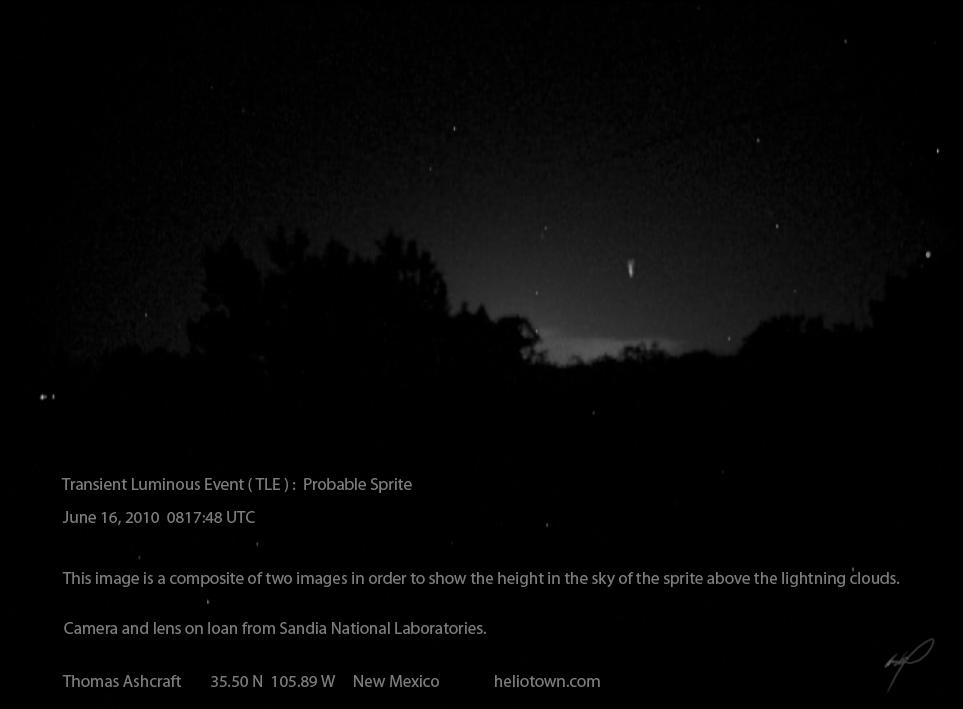
Elmo s light) is a weather phenomenon … WikipediaĪtmosphere - atmosphereless, adj. See also: Lightning strike Lightning striking Atlanta, United States Lightning is an atmospheric electrostatic discharge (spar … Wikipedia For other uses, see Lightning (disambiguation). Lightning - This article is about the atmospheric electrical phenomenon. Les différentes formes de phénomènes lumineux éphémères … Wikipédia en Français Phénomènes lumineux transitoires - Pour les articles homonymes, voir TLE. *Two line elements, a format for… … Wikipedia *The Living End, band *Transient luminous event, mysterious electrical phenomena that occur above storm clouds. TLE - may stand for:*Temporal lobe epilepsy, a form of epilepsy characterized by recurrent seizures. Current usage favors Transient Luminous Event (TLE) to refer to one of the… … Wikipedia Upper-atmospheric lightning - is an obsolete term that is no longer used by researchers to refer to a family of electrical breakdown phenomena that occurs well above the altitudes of normal lightning. Currently the number of videos documenting TLEs is estimated to be around 1000. A TLE was later identified, appearing in only two frames of the film. University of Minnesota researchers were waiting to record a rocket launch and pointed the camera at a distant thunderstorm. The first TLE wasn’t captured on film until 1989. TLEs generally last anywhere from less than a millisecond to more than 2 seconds, making their documentation a challenge. TLEs also vary greatly in appearance from traditional lightning, ranging from bright red flashes of with yellow halos to blue flames firing into the sky. Current theory holds that TLEs are similar to lightning, the basic difference being that they strike upwards and are conducted by the ionosphere, as opposed to striking downwards and conducted by the Earth. However, the nature of the relationship between TLEs and lightning is still unclear. TLEs seem to occur near lightning both chronologically and spatially. Other types of TLEs include Gnomes, Blue Jets, Blue Starters, and Elves. C-Sprites exhibiting tendrils are sometimes called carrot sprites. C-sprites is the name given to single vertical columns of red light.


Sprites are flashes of bright red light that occur above storm systems.

There are several types of TLEs, the most common being the Sprite. The overall behaviour is consistent among individual years, making the observed seasonal cycle a robust general feature of TLE activity above Europe.Transient luminous events (TLEs) are electrical phenomena that occur above storm clouds. mostly sprites, is shown to be largely consistent with lightning activity, with a 1/1000 of observed TLE-to-lightning ratio in regions with most observations. The two seasons peak, respectively, in August and November, separated by March and April with almost no TLEs, and a relative minimum around September. The climatology shows intense TLE activity during summer over continental areas and in late autumn over coastal areas and sea. The majority of TLEs were classified as sprites, 641 elves, 280 halos, 70 upward lightning, 2 blue jets and 1 gigantic jet. The number of TLEs per thunderstorm was found to follow a power law, with less than 10 TLEs for 801 thunderstorms and up to 195 TLEs above the most prolific one. Because of this unprecedented number of European observations, it was possible to construct a climatology of 8394 TLEs observed above 1018 thunderstorm systems and study for the first time their distribution and seasonal cycle above Europe and parts of the Mediterranean Sea. In 2009 through 2013, the number of optical observations of TLEs reached a peak of 2000 per year. Since then, Eurosprite campaigns have been conducted to observe sprites and other transient luminous events (TLEs), expanding into a network covering large parts of Europe and coastal areas. Climatology of Transient Luminous Events and Lightning Observed Above Europe and the Mediterranean Sea In 1999, the first sprites were observed above European thunderstorms using sensitive cameras.


 0 kommentar(er)
0 kommentar(er)
